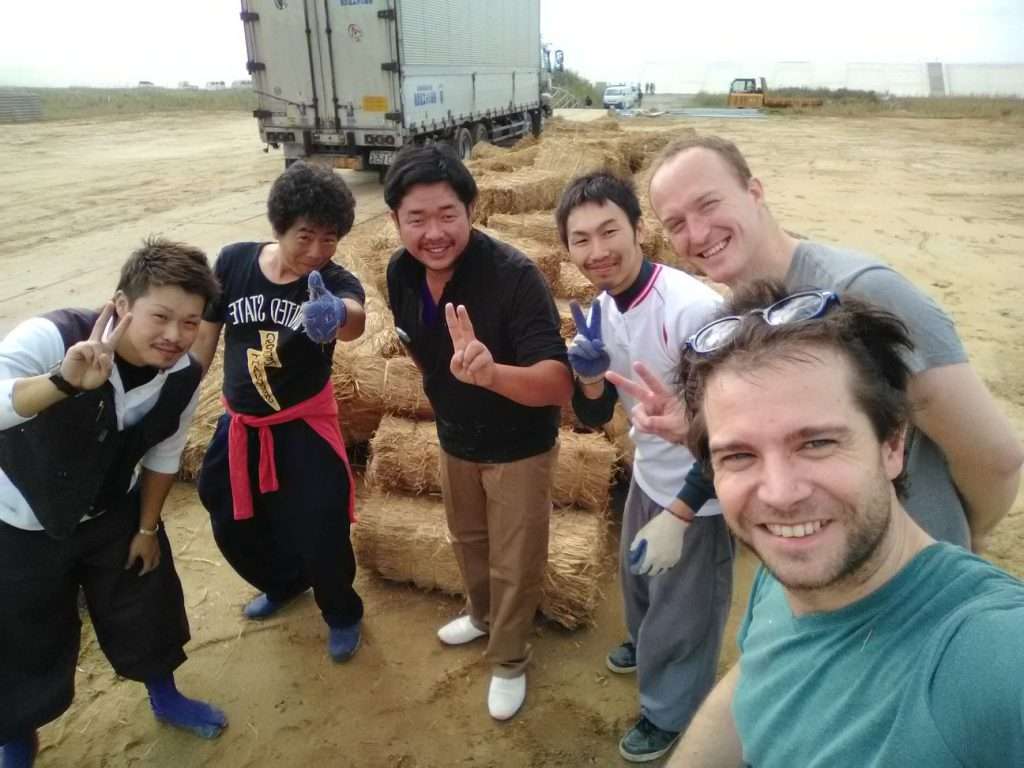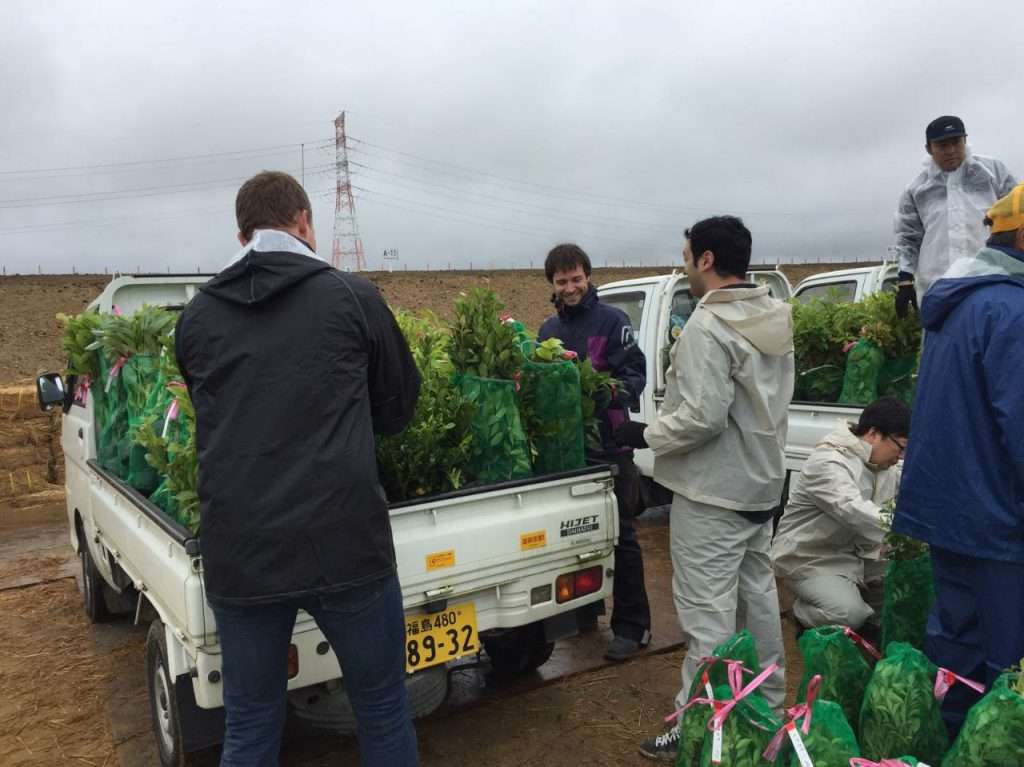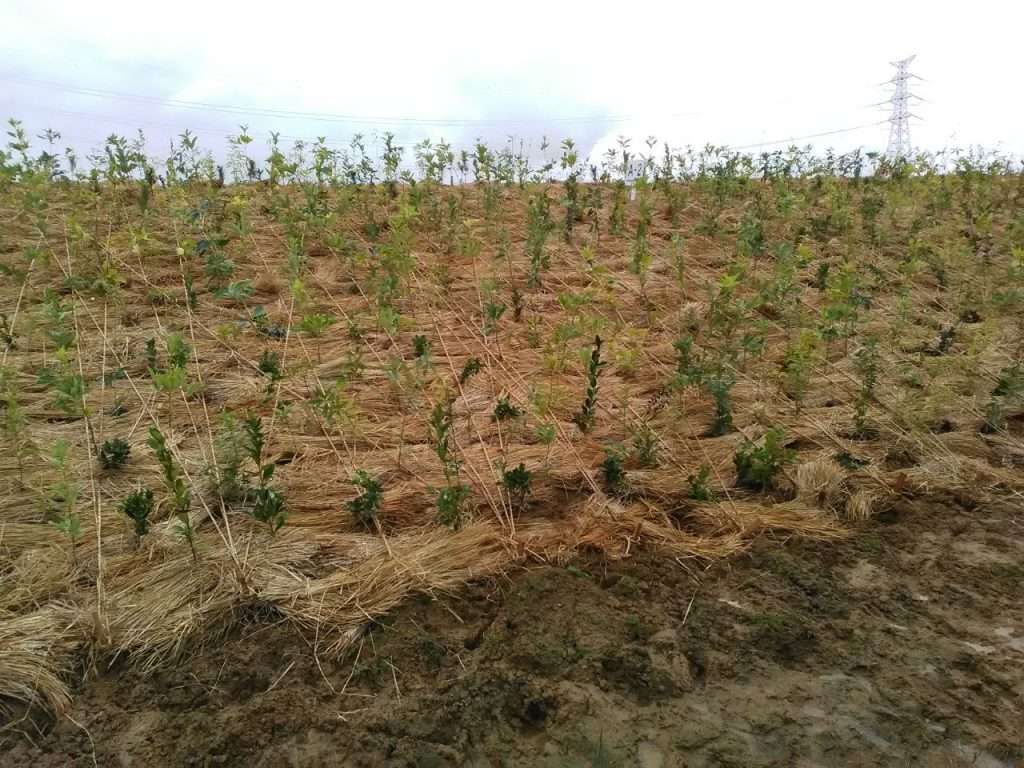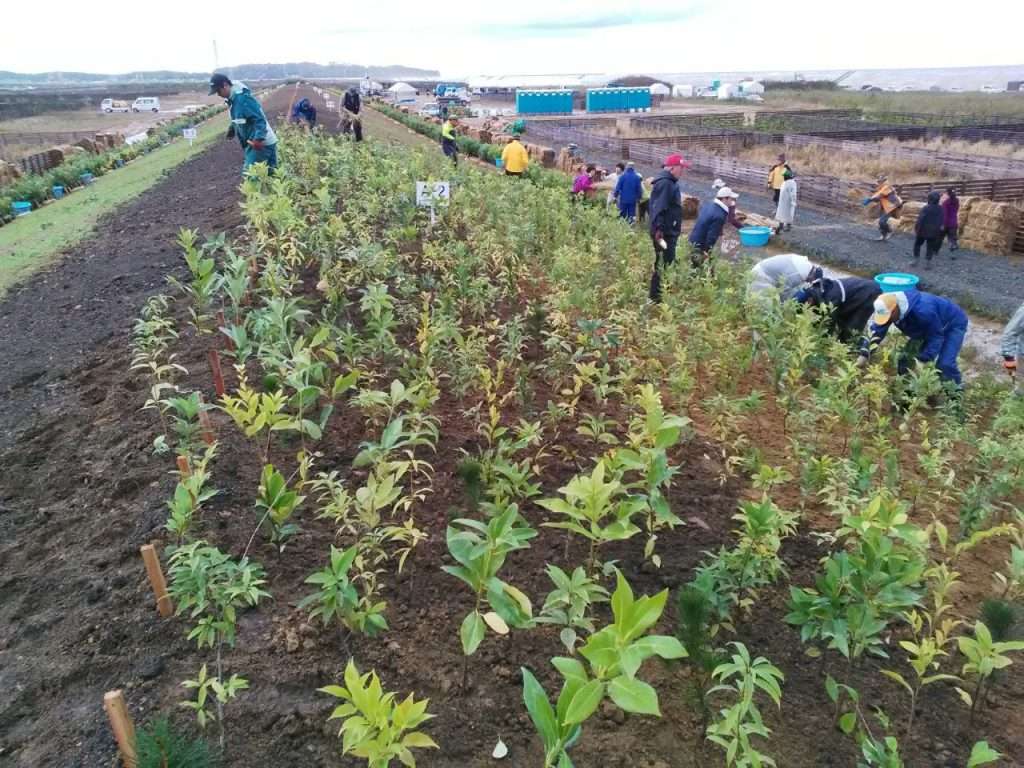Akira Miyawaki and the method
Akira Miayawaki, born in 1928, is a Japanese botanist and expert in retrospective ecology applied to the restoration of native forests. He developed the method known as the potted seeding method. Since then, he has planted over 40 million trees worldwide.
Professor Miyawaki observed that the trees that traditionally grew around temples, tombs and cemeteries in Japan often constituted modest but ancient forests, with an important role in regulating climatic hazards, as they are composed of species native to the site and form a stable ecosystem. In contrast, he also noted that most woods and forests created according to silvicultural principles are not the most resilient and effective in coping with climate change.
Professor Miyawaki drew on the concept of potential natural vegetation to plant and restore forests that are more natural, more resilient and more protective for humans, since they are better adapted to their environment. Potential Natural Vegetation (PNV) is the vegetation that would grow in an area if it were left undisturbed for many years, or even decades, to come.
On the strength of these observations and his in-depth knowledge of the subject, Professor Miyawaki has developed, tested and improved an ecological engineering method, now known as the “Miyawaki method”, capable of restoring the natural environment to its natural state.



Team’s first trip to Japan, to meet planters from Professor Miyawaki’s team
The Miyawaki method in a nutshell
What is commonly referred to as the “Miyawaki method” is in fact a series of measures that encourage the emergence of a local plant community, adapted to the terrain in which it is planted. The method is highly flexible and can be applied in a wide variety of environments, such as roadsides to absorb noise and pollution, neglected riverbanks to contain flooding, sloping land to prevent landslides, or any urban environment to form islands of freshness. Every planting, whether in rural or urban areas, helps to develop ecological corridors for biodiversity.
The main features of the method are as follows:
- special attention must be paid to the soil, which must be sufficiently rich and loose for young roots to take root. If the soil is degraded, amend it with natural, easy-to-find materials (compost, bark or mulch of plant debris, possibly manure), to make it more suitable for planting;
- dense planting of trees, at 3 trees per m² in our latitudes, to encourage root communication, limit weed growth and create a situation of virtuous competition for light;
- a selection of tree and shrub species adapted to the site, i.e. part of the site’s natural vegetation potential.

